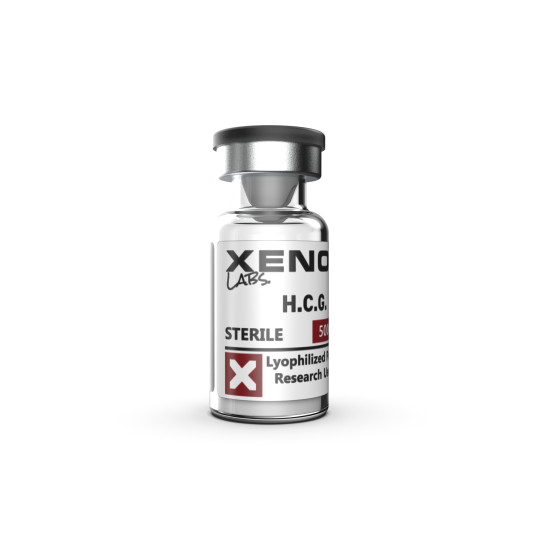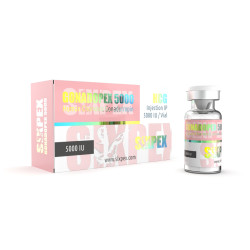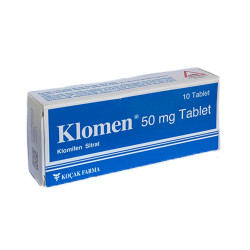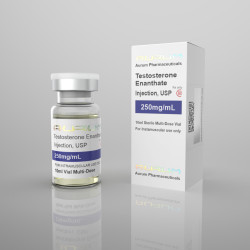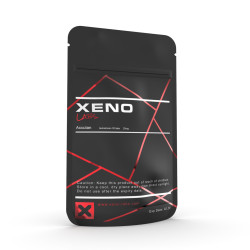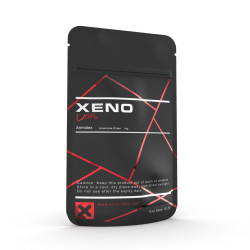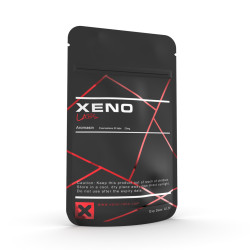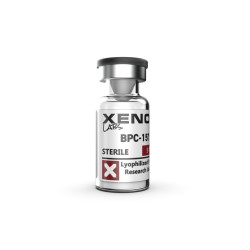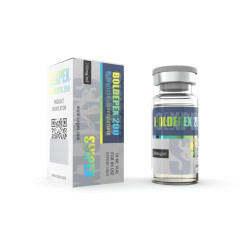Xeno Labs HCG 5000iu
Login to access member privileges...
Xeno Labs HCG 5000iu
Manufacturer: SixpexSubstance: Human Chorionic GonadotropinPack: 5000iu vialOptimizing Human Chorionic Gonadotropin Usage and Dosage for Pos..
Manufacturer: Astra ZenecaSubstance: AnastrozolePack: 28 tabs (1 mg/tab)Arimidex (anastrozole) lowers estrogen levels in postmenopausal women, which m..
Manufacturer: Kocak Farma, TurkeySubstance: Clomiphene CitratePack: 10 tabs (50 mg/tab)..
Manufacturer: Aurum PharmaceuticalsSubstance: Testosterone EnanthatePack: 10 ml vial (250 mg/ml)..
Manufacturer: Xeno LabsSubstance: IsotrotinoinPack: 30 tabs (10 mg/tab)..
Manufacturer: Xeno LabsSubstance: OxandrolonePack: 50 Tablets - 20mg/tab...
Manufacturer: Xeno LabsSubstance: AnastrozolePack: 30 tabs (1 mg/tab)..
Manufacturer: Xeno LabsSubstance: ExemestanePack: 30 Tablets - 25mg/tab...
Manufacturer: Xeno LabsSubstance: Body Protection Compound / BPC-157Pack: 5mg / vial..
Manufacturer: SixpexSubstance: AnastrozolePack: 30 tabs. (1mg/tab.)The Comprehensive Guide to Anastrozole Usage and Dosage in Bodybuilding1. Introduct..
Manufacturer: SixpexSubstance: ExemestanePack: 30 tabs. (25mg/tab.)..
Manufacturer: SixpexSubstance: Boldenone UndecylenatePack: 10 ml vial (100 mg/ml)..

